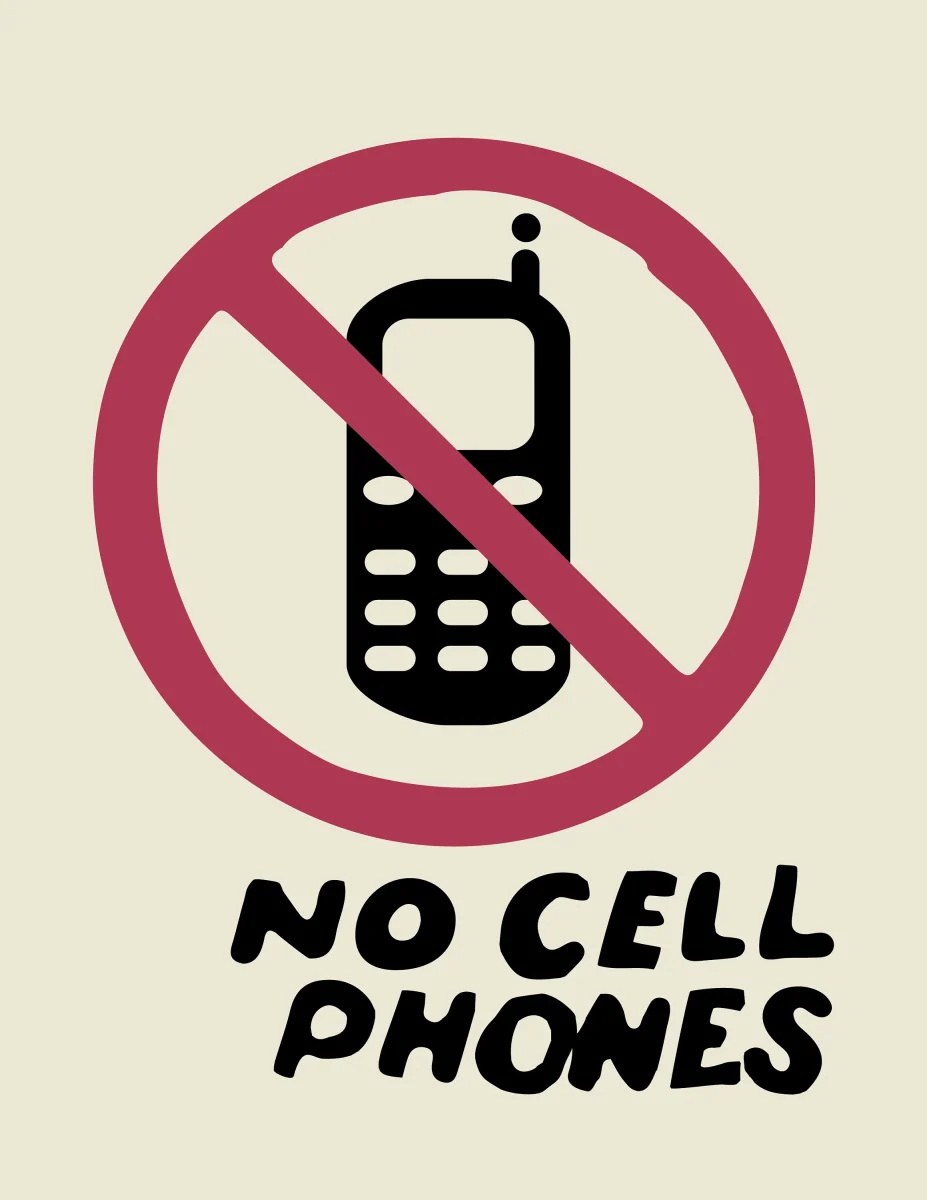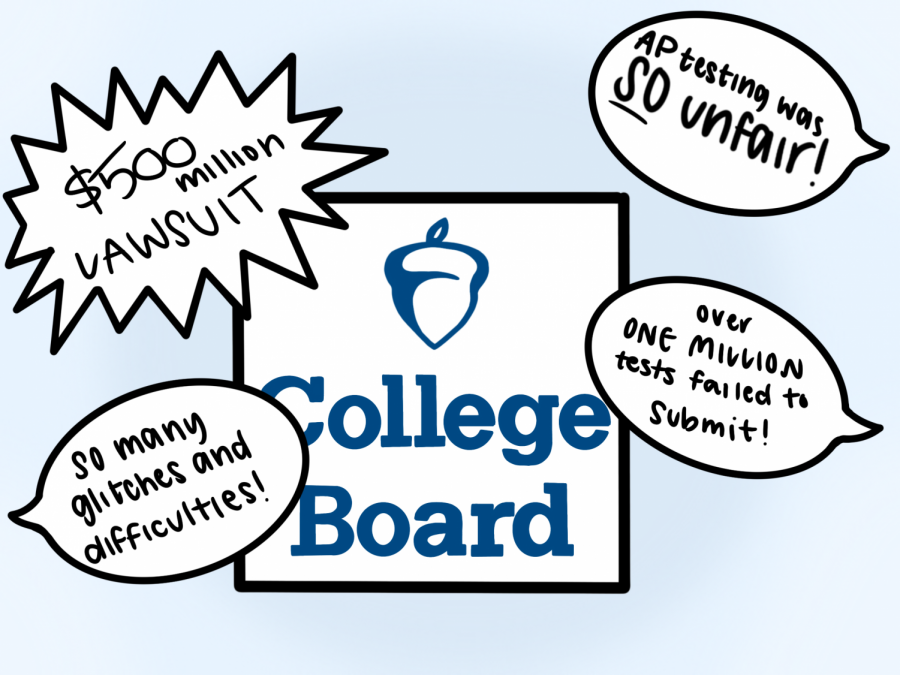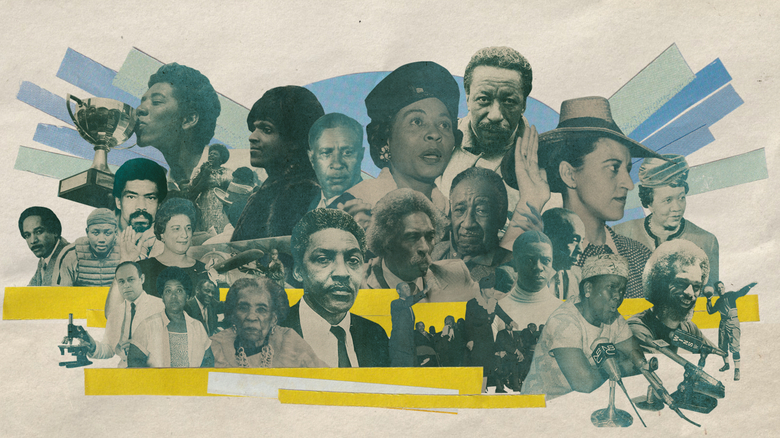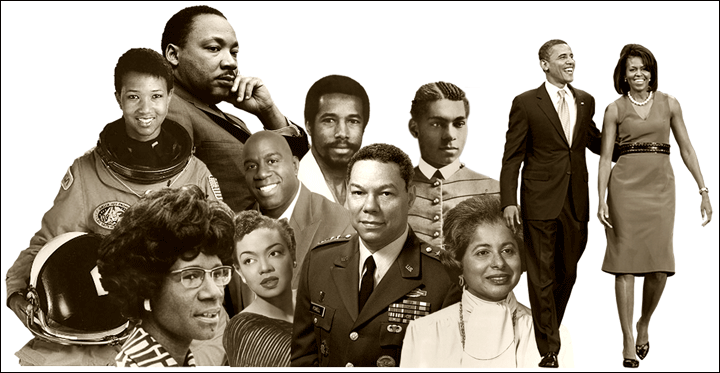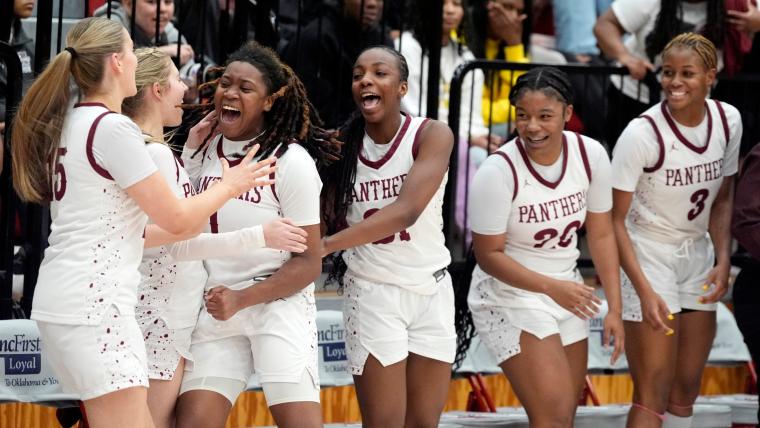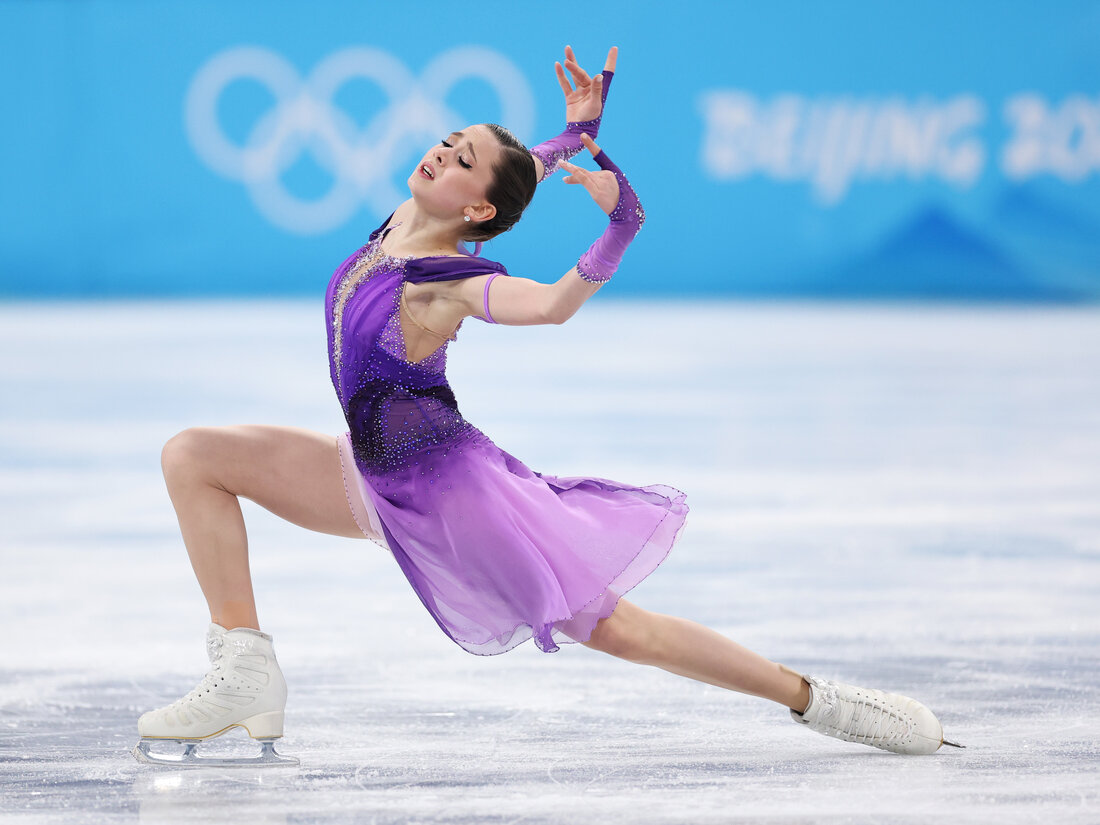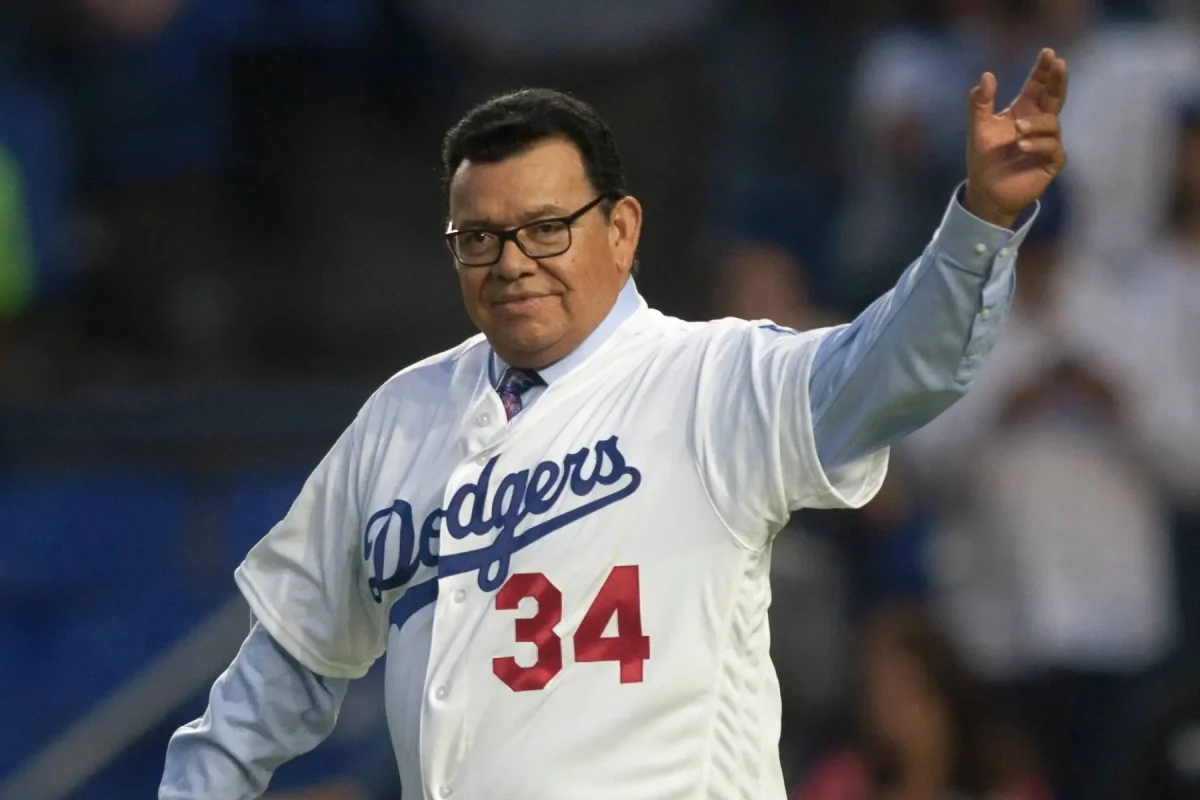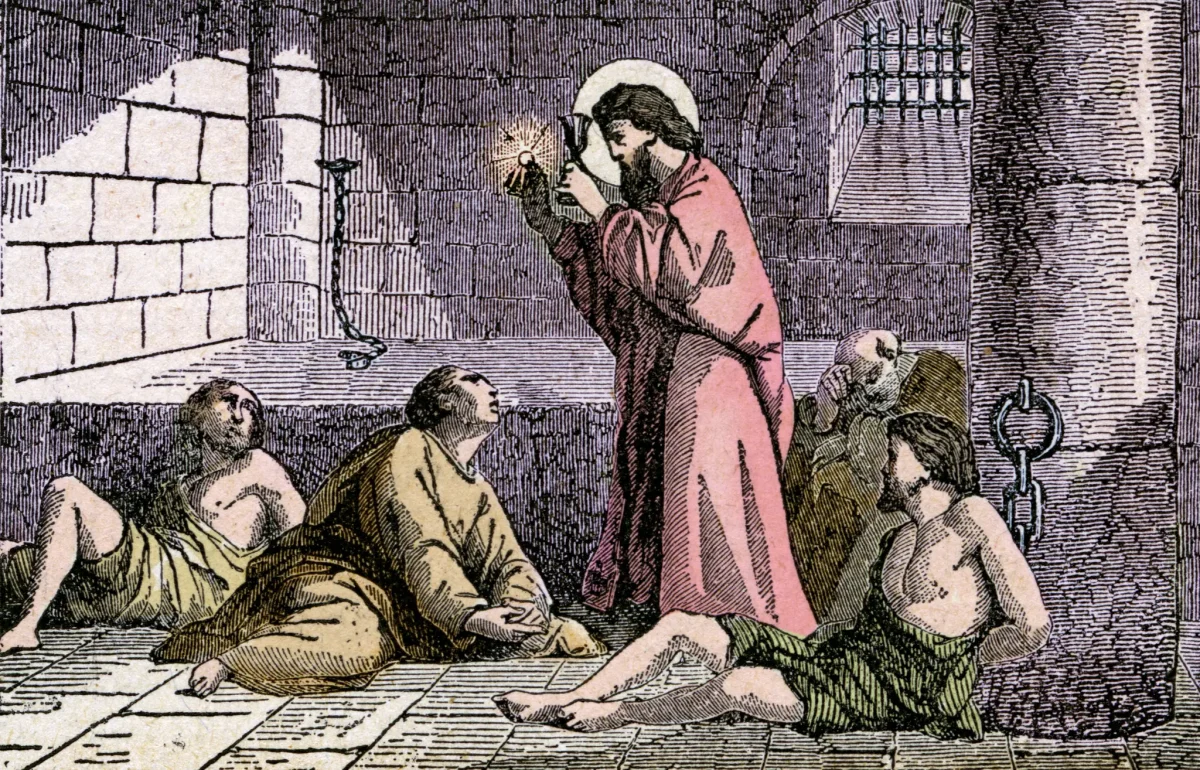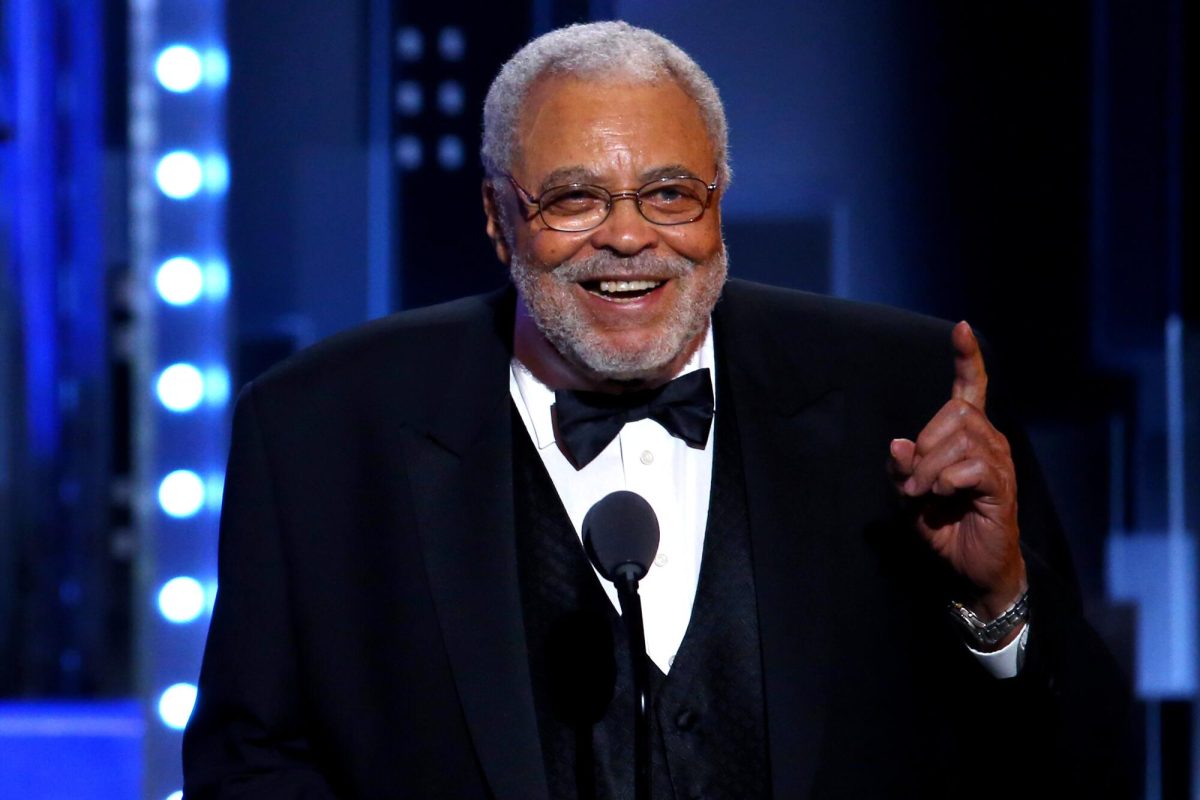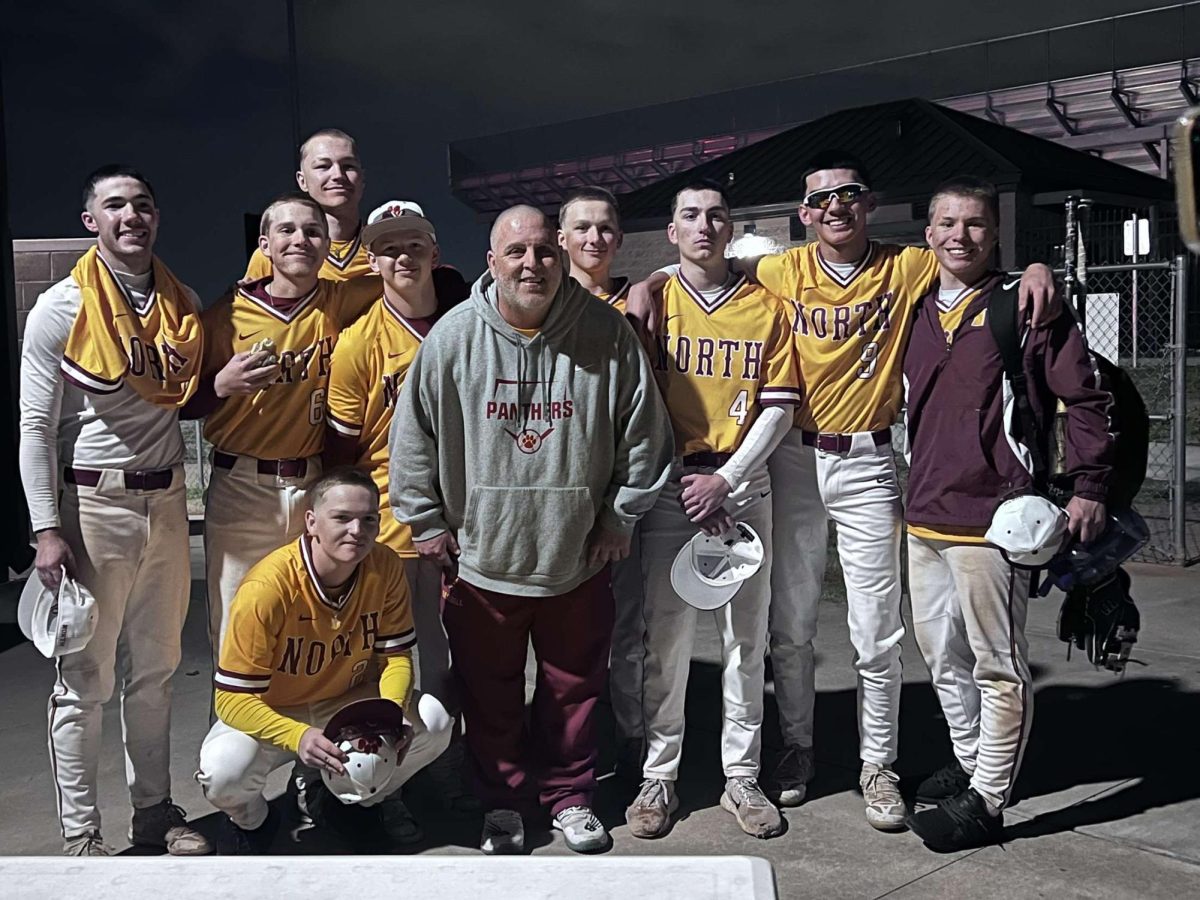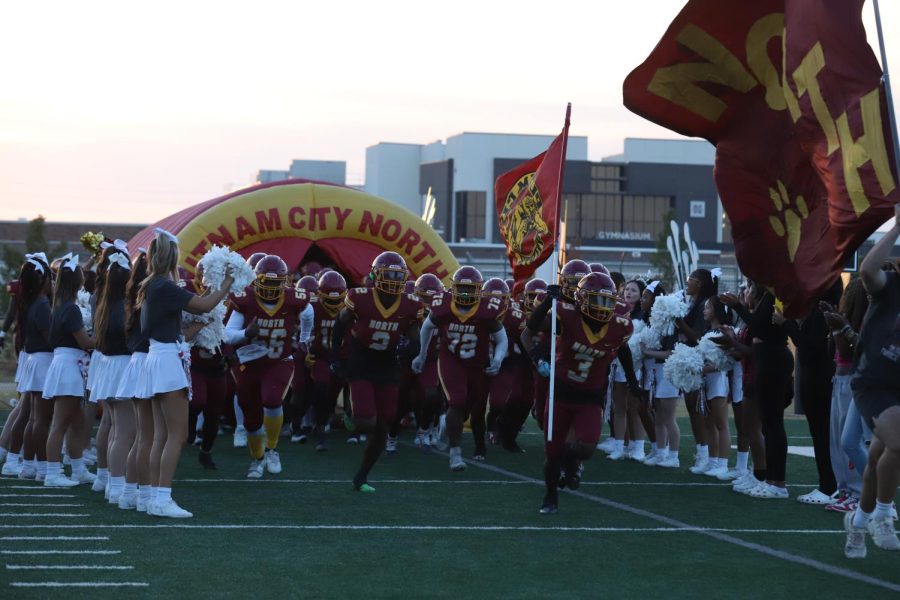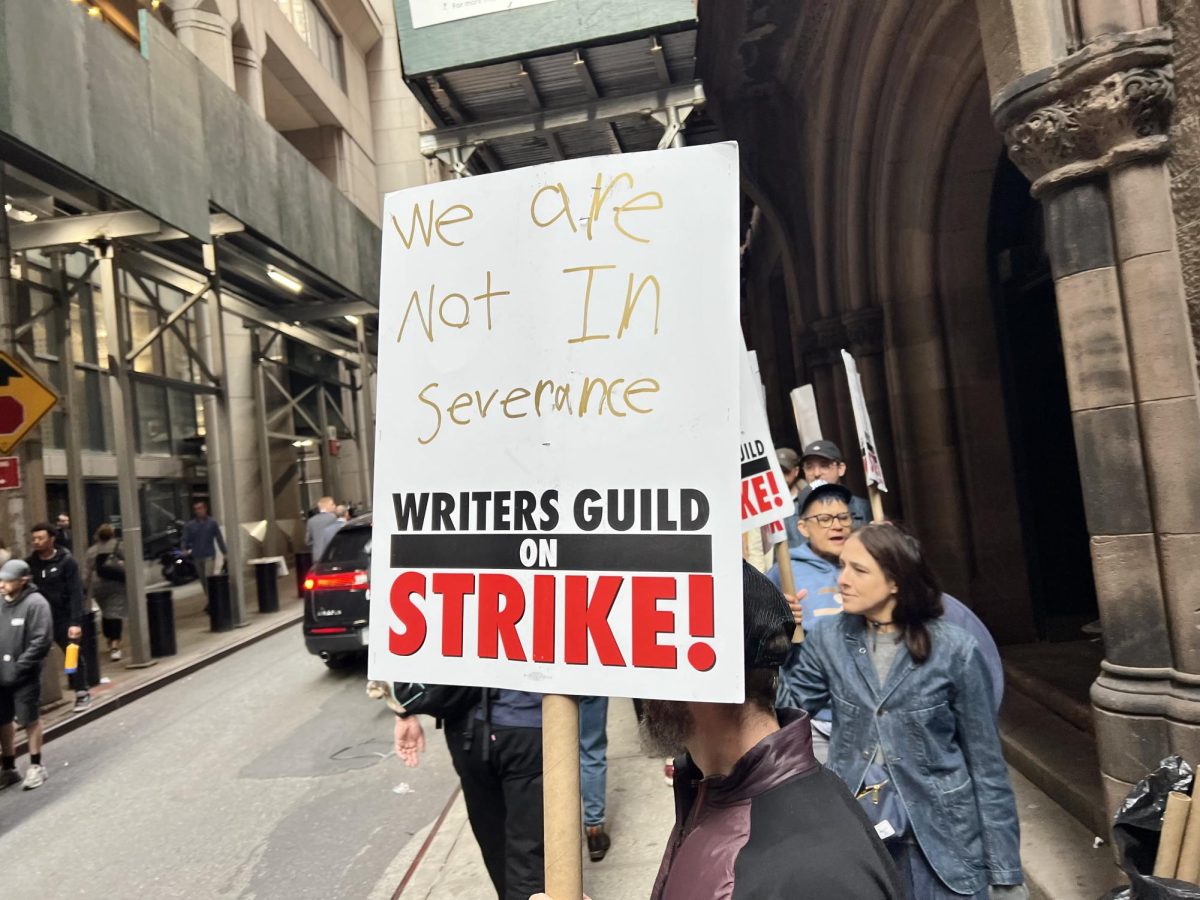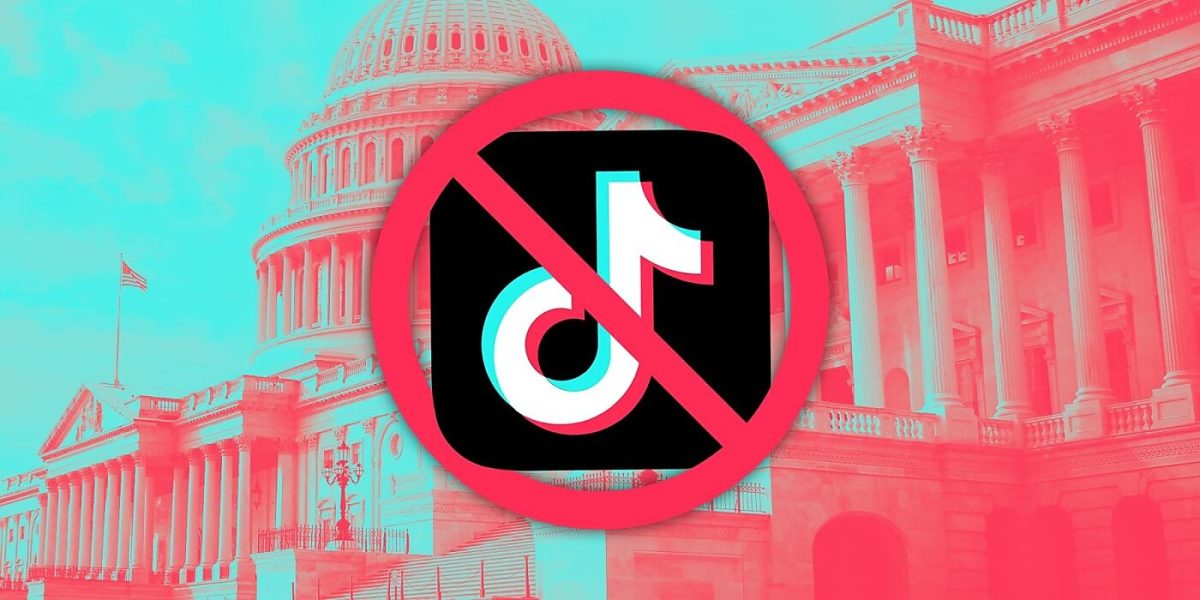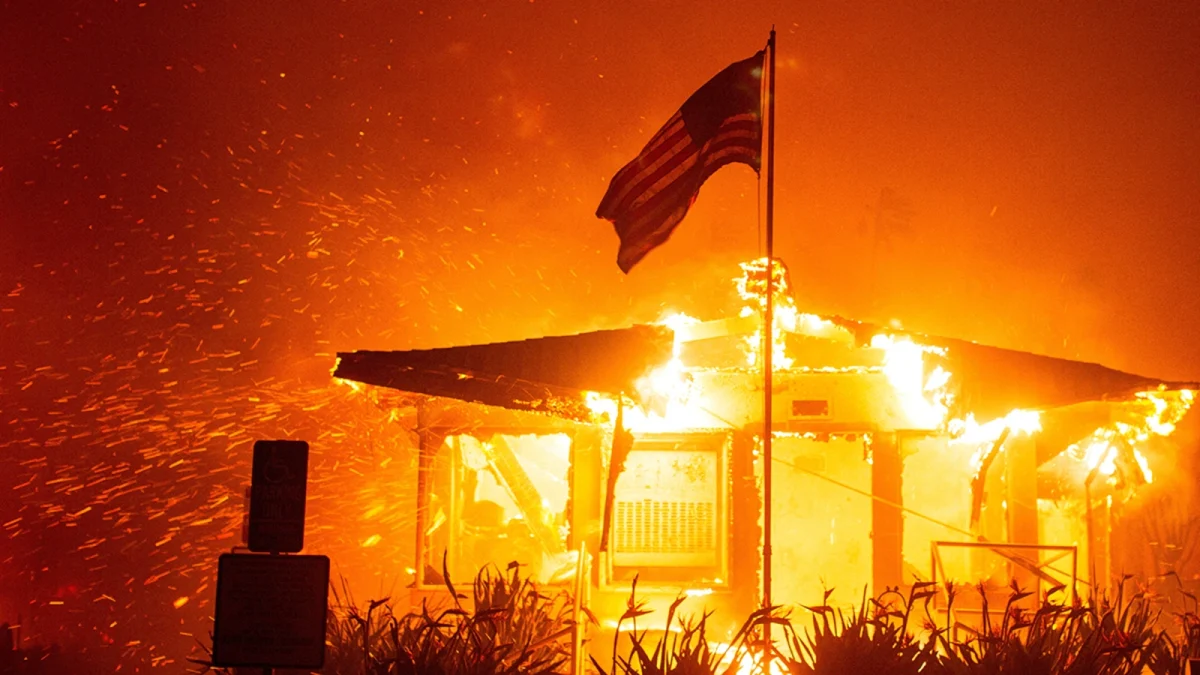On May 2, 2023, The Writer’s Guild of America announced their largest strike since the 80s. The strike was spurred on for many reasons, all listed in WGA West’s anti-trust report. Because of the sheer amount of writers involved in the union, there are delays in hundreds of TV shows, even ones that writer’s were previously eager to be on. Currently, this is the longest stoppage of television programs since the Covid-19 pandemic.
On May 1st, their MBA (Minimum Basic Agreement, what the union established as the amount writer’s were to be paid) expired, generating a need for a new one— especially one that included writers working for streaming platforms. Union members were instructed to begin boycotting and picketing on May 2nd. The picketing began in Los Angeles, followed by the beginnings of picket lines in New York City.
Founded in 1933, the Writer’s Guild of America, or WGA, has two major subsections, composed of multiple studio locations they often picket and/or boycott. Writer’s Guild East and Writer’s Guild West cover their respective sides of America, with focus on places in New York City and Los Angeles; two hubs of content creation. While they act as separate entities in their negotiations and strikes, they fall under many common factors, and are ultimately both considered Writer’s Guilds.
The Alliance of Motion Picture and Television Producers, AMPTP, is a trade association aligned with television and movie media based in LA. It represents over 350 companies, almost all of them being targeted by the WGA’s strike. In the past decades, the Guild has negotiated with AMPTP and similar organization Motion Picture Association (MPA) on numerous occasions. While the current strike is undetermined, especially with new information and deals coming to light, the past strikes of 1988 and 2008 (among others) have been successful for the WGA.
The 2008 writer’s strike came at a tumultuous time for American politics, as the election that year was high stakes. George W. Bush, a controversial Republican candidate, was eventually voted out of office in favor of America’s first black president, Barack Obama. Issues WGAW stated in their negotiations were lack of residuals regarding DVDs, discussions of “new media” (content created for up-and-coming forms of technology), and rights over animations and reality television programs. The last one was contentious, as with the strike putting scripted television and media on hold, reality or “unscripted” shows boomed, like Kitchen Nightmares, Keeping Up With the Kardashians, and The Apprentice. While reality TV exploded, popular and well-received scripted shows like House, Breaking Bad, and Supernatural all had their seasons shortened or canceled.
The current strike has surpassed 2008’s 100 day landmark. The longest writer’s strike was 1988’s 153 days— and at the rate of negotiations between organizations, it seems likely that this current strike could surpass it. AMPTP represents hundreds of corporations, and while the WGA is protesting all of them, they are a select few big names that are important. Netflix, Disney, Warner Brothers, Paramount, Universal, Sony, and Amazon are among some of the largest picket lines, with others stationed at different locations, all stopping production at said studios.
Currently, there are numerous unions, organizations, charities, and celebrities aiding and promoting the strike. The SAG-AFTRA is a combination of the Screen Actor’s Guild and American Federation of Television and Radio Artist, and have been on strike in solidarity with WGA for 40 days, leading their own negotiations with studios. Other notable unions are the International Brotherhood of Teamsters, who have not gone on strike but are refusing to cross picket lines, The Animation Guild, who have members striking along side WGA, and Writer’s Guild in Canada, Great Britain, Israel, Australia, Ireland, and Sweden have all expressed support and refuse to work on American projects for the time being. Guilds in Italy and France have also expressed support but have not made any inclination to refuse American projects from being worked on by union members.
At the moment, no one on either side of the WGA-AMPTP arrangement has conceded. Recently, a “leaked” article revealed to the press AMPTP’s proposed deal for the WGA and SAG-AFTRA unions. WGA and AMPTP have not officially met since August 18th, but since the deal was leaked, WGA has made public statements disregarding it as a general scare tactic. WGA leaders state the offer is filled with loopholes, limitations, and omissions of important information WGA is negotiating.
Currently, the WGA’s list of demands are a higher raise in pay for writers, the elimination of understaffing in writer’s rooms, credit being given to all writers included in projects, and guardrails against the use of AI writing programs.The understaffing has been an issue prevalent in writer’s strikes for decades, but other issues are unique to modern technology, like AI and streaming services. In New York City, the strikes temporarily halted when the air quality from Canadian wildfires polluted the city. The the same is happening in LA as Hurricane Hilary approaches.
WGA West and East’s strike doesn’t mean an end to streaming services, AI writing, or shows in general. The strikers in LA and NYC are the frontlines of their union movement and all of them are crowdsourcing from supporters and union members to keep shelter, groceries, and utilities running in their homes. If you have any interest in supporting members in the union, or want to learn more about WGA, AMPTP, or SAG-AFTRA, resources will be listed below.
–WGA



